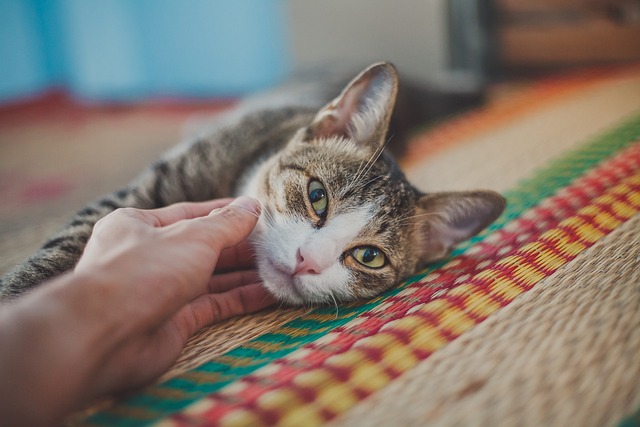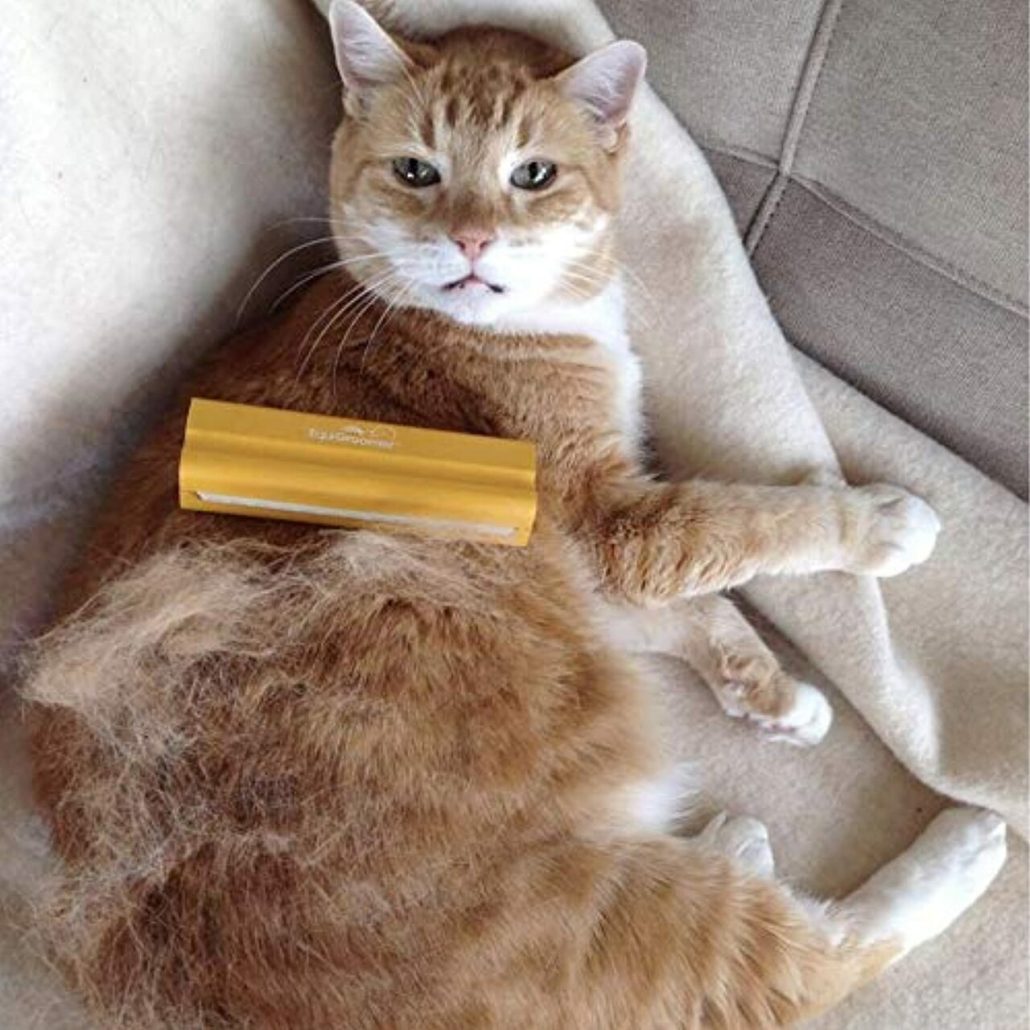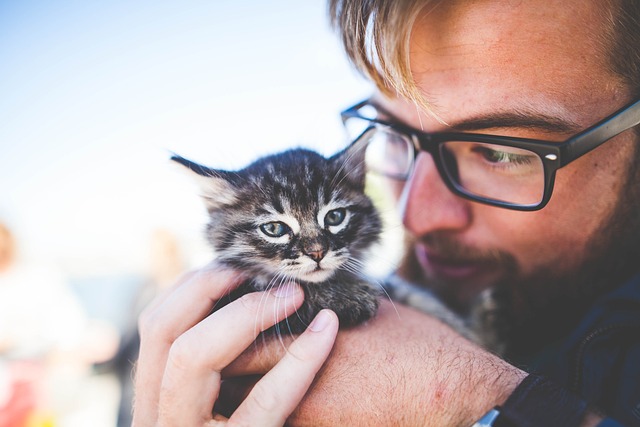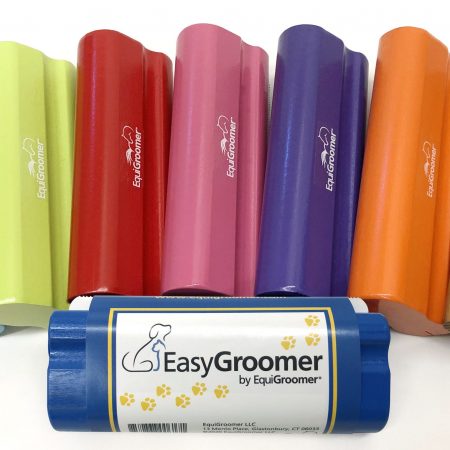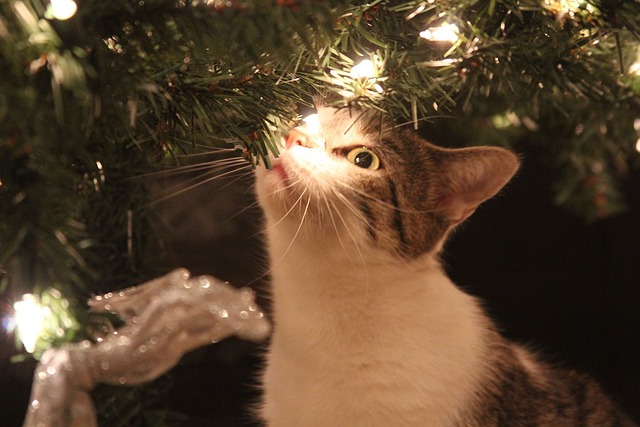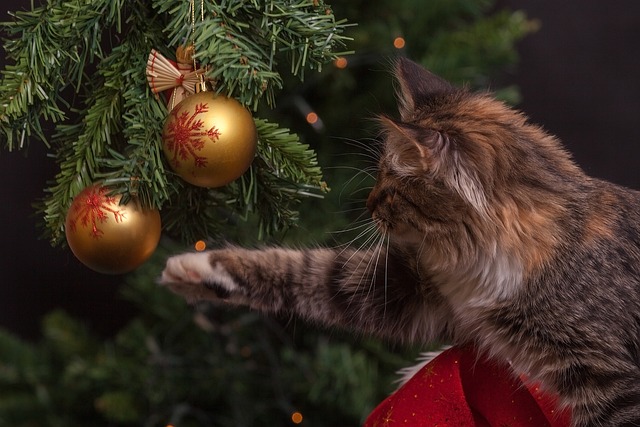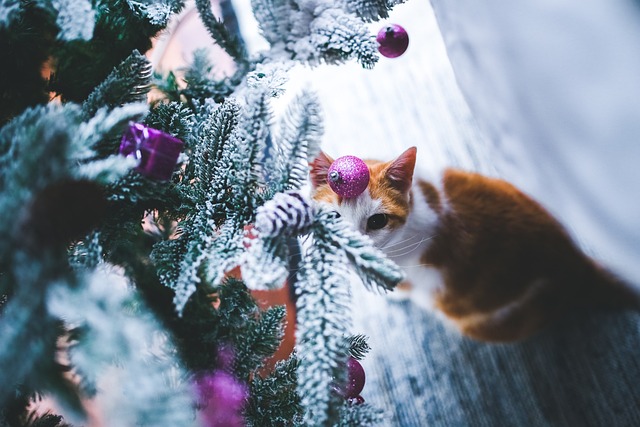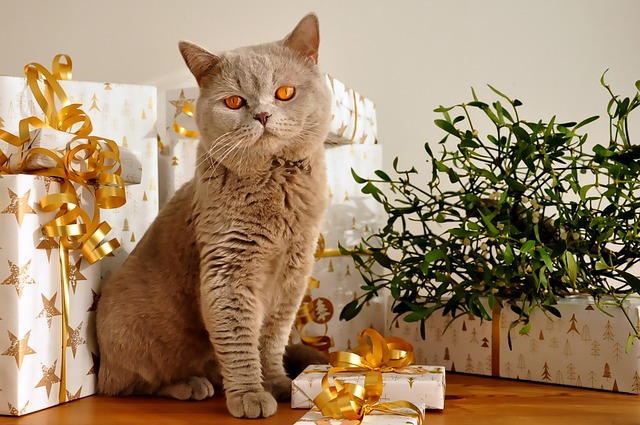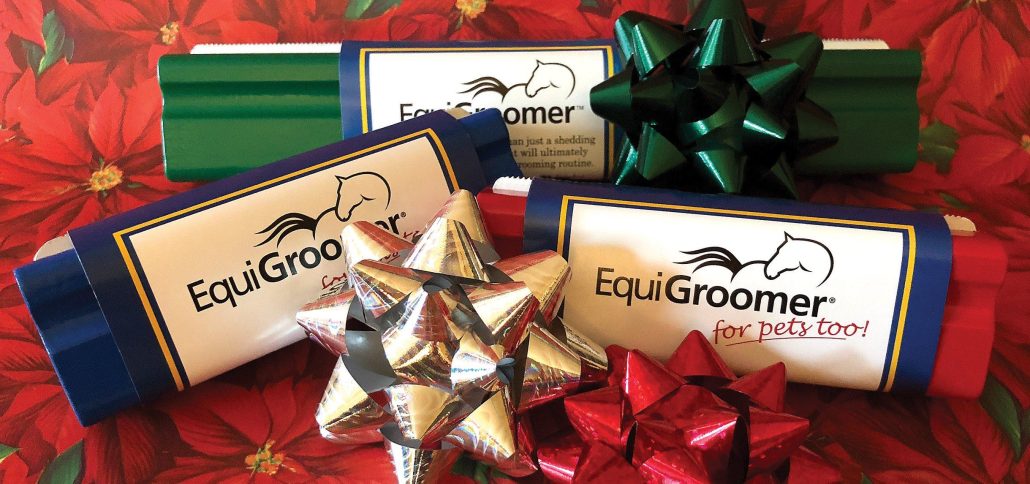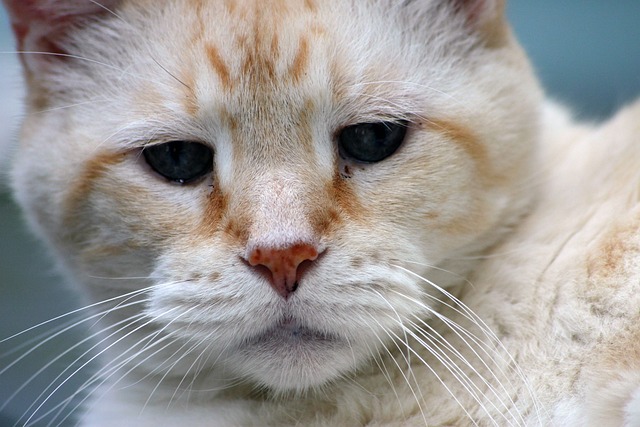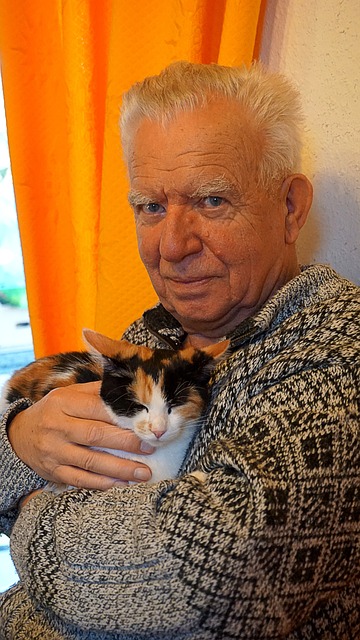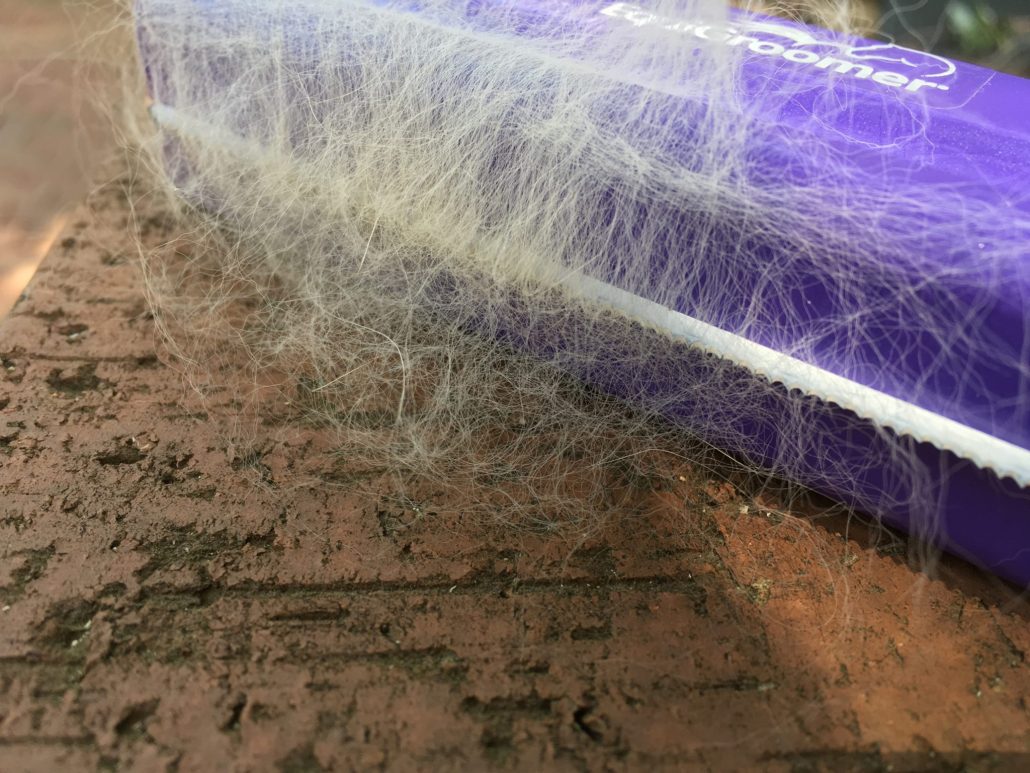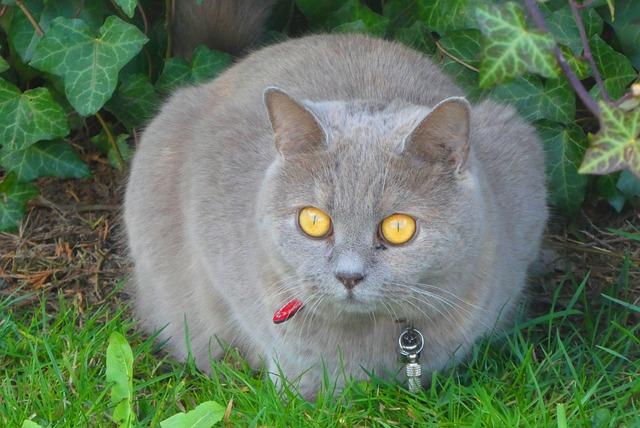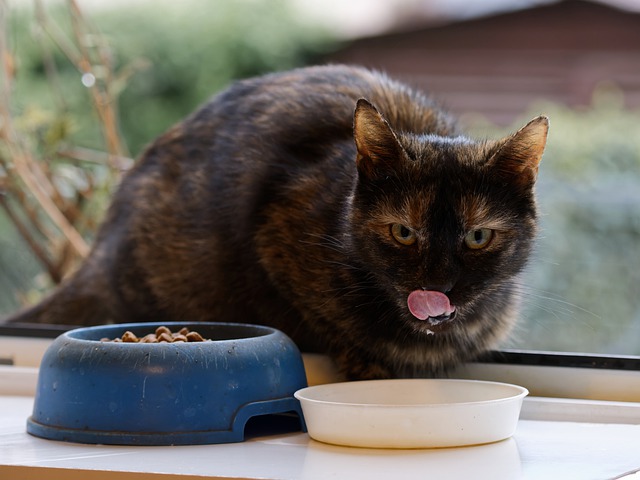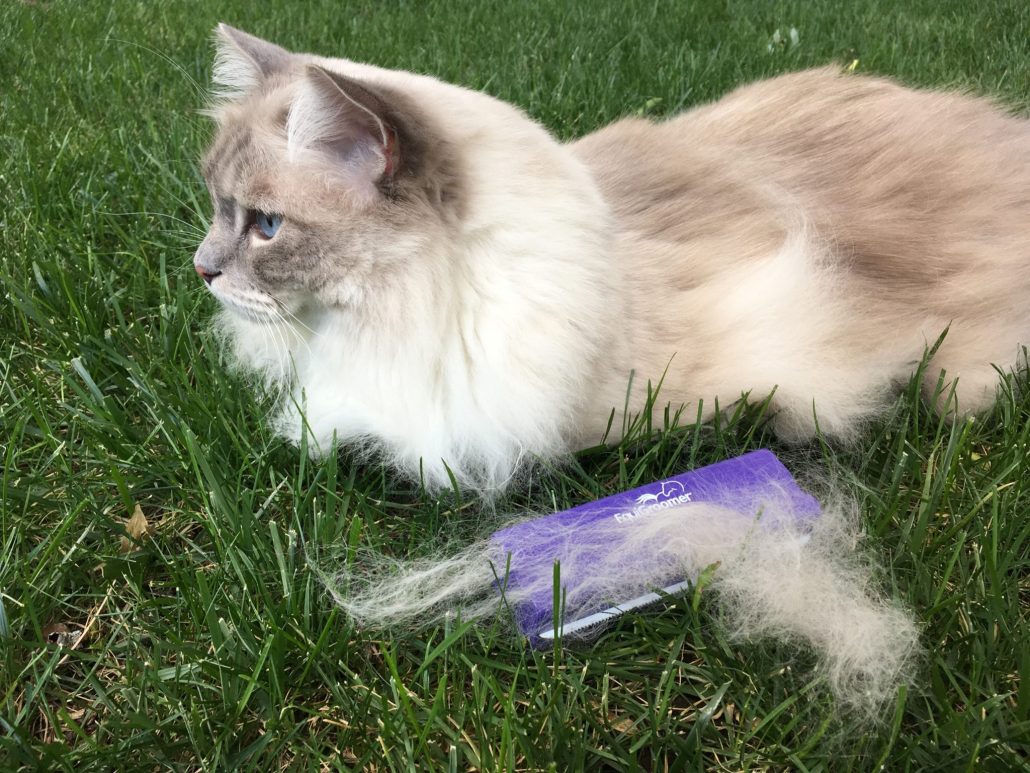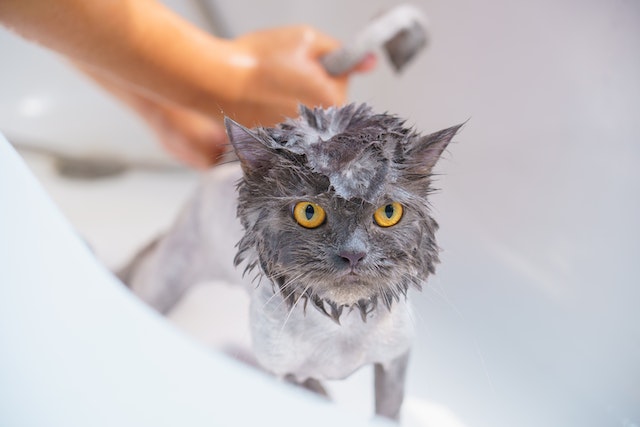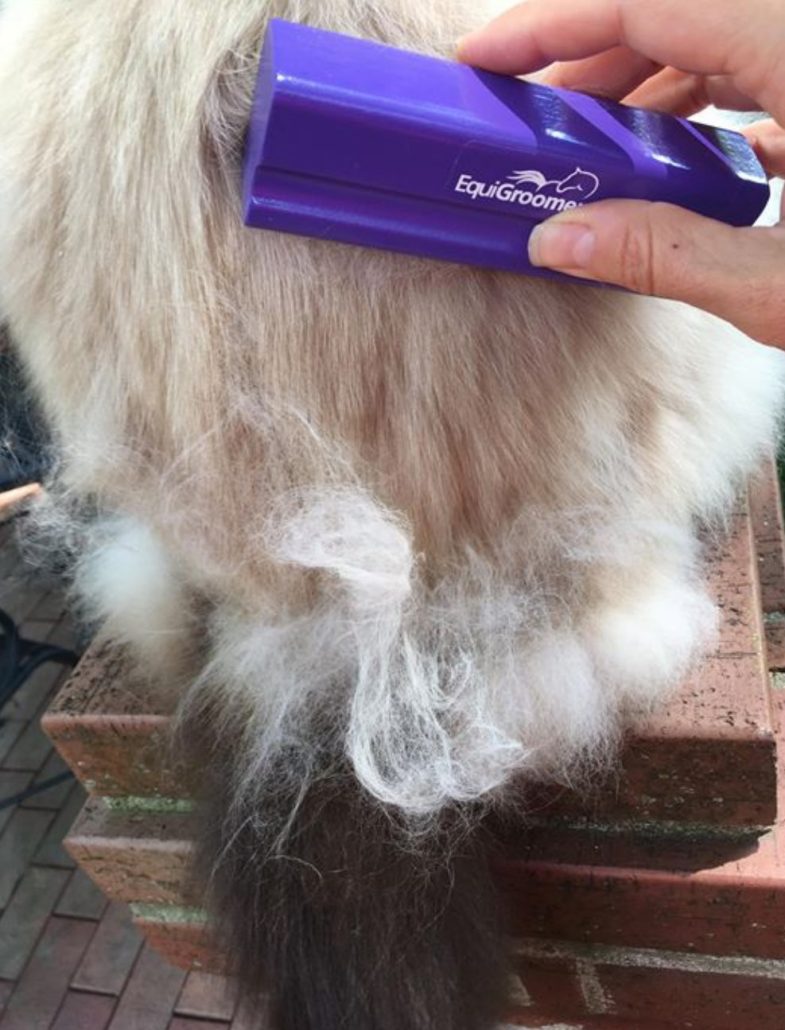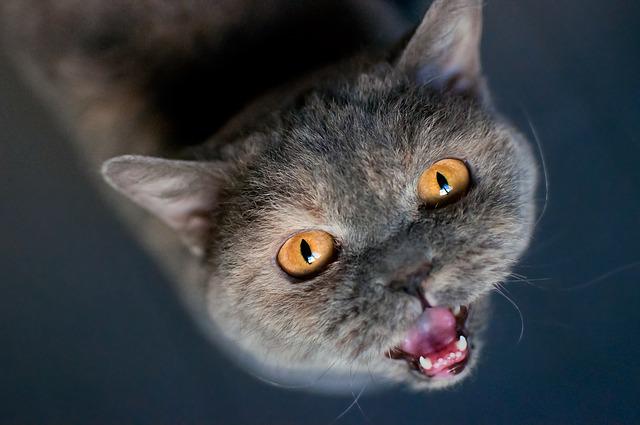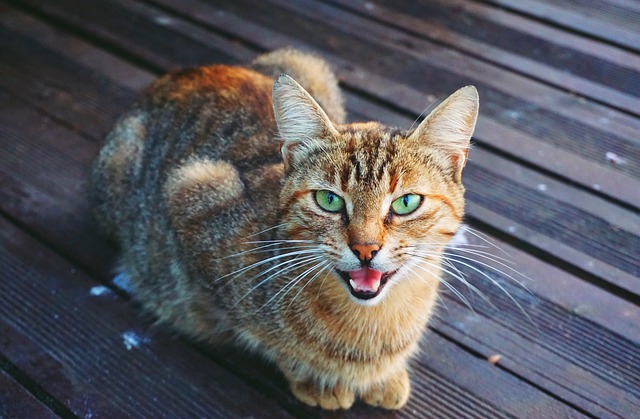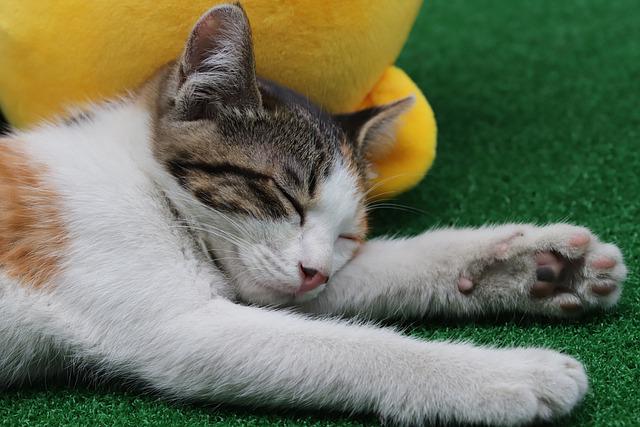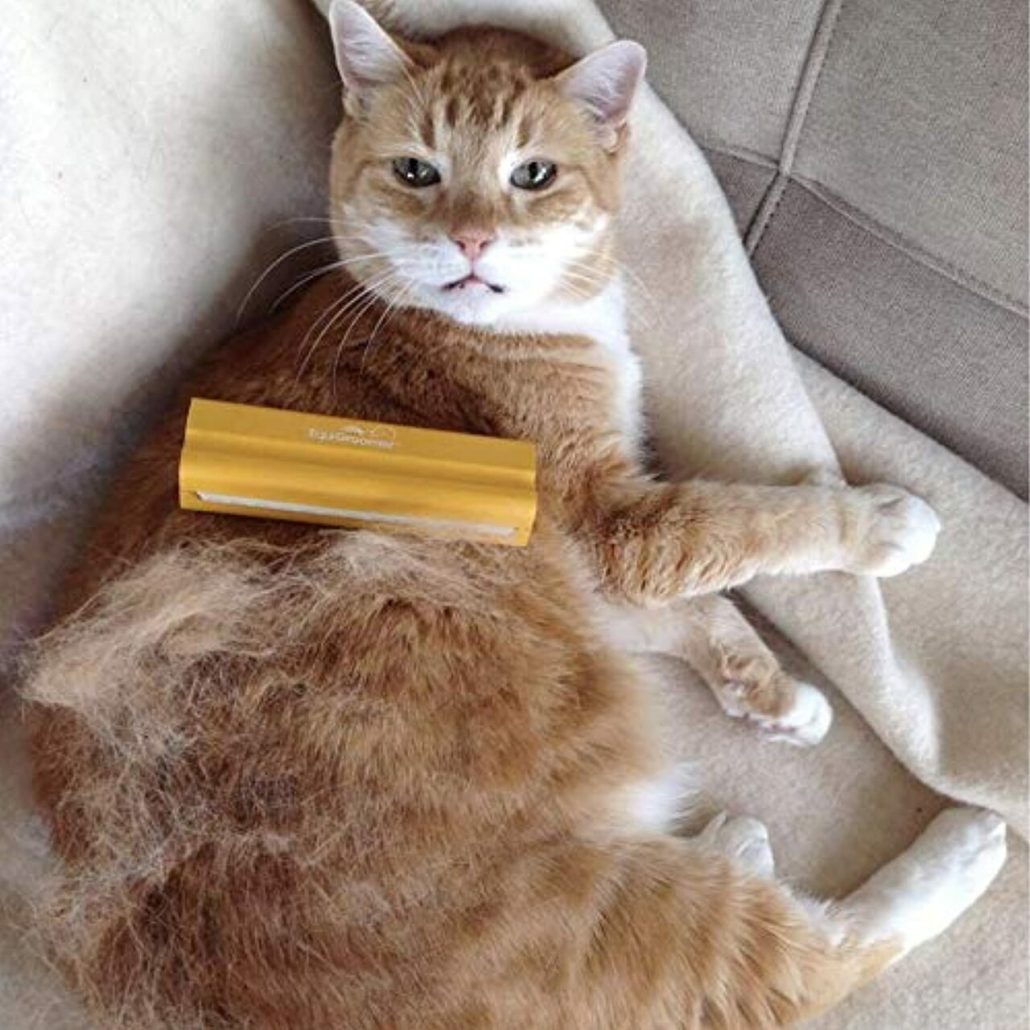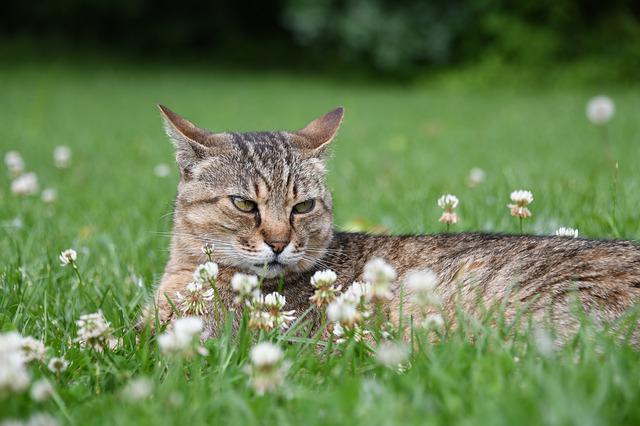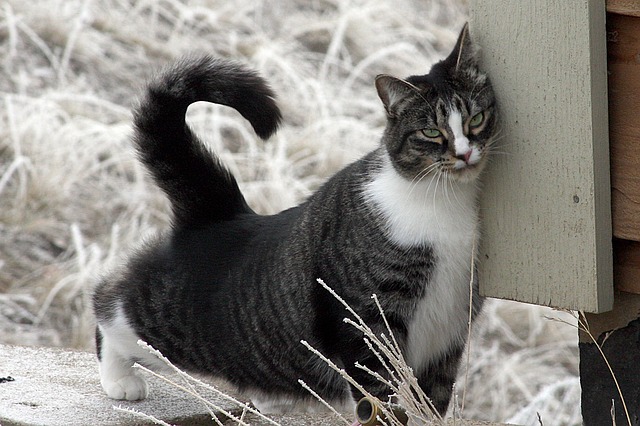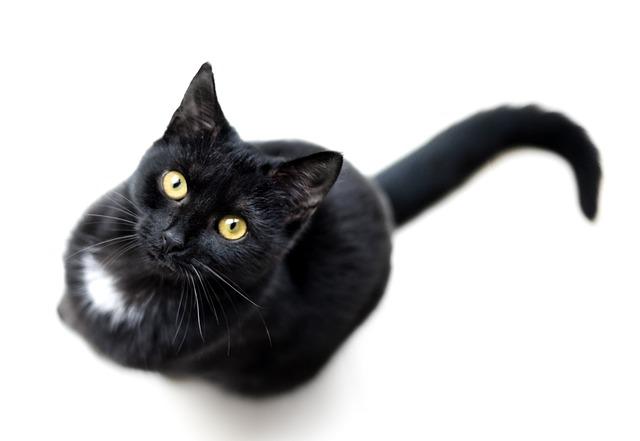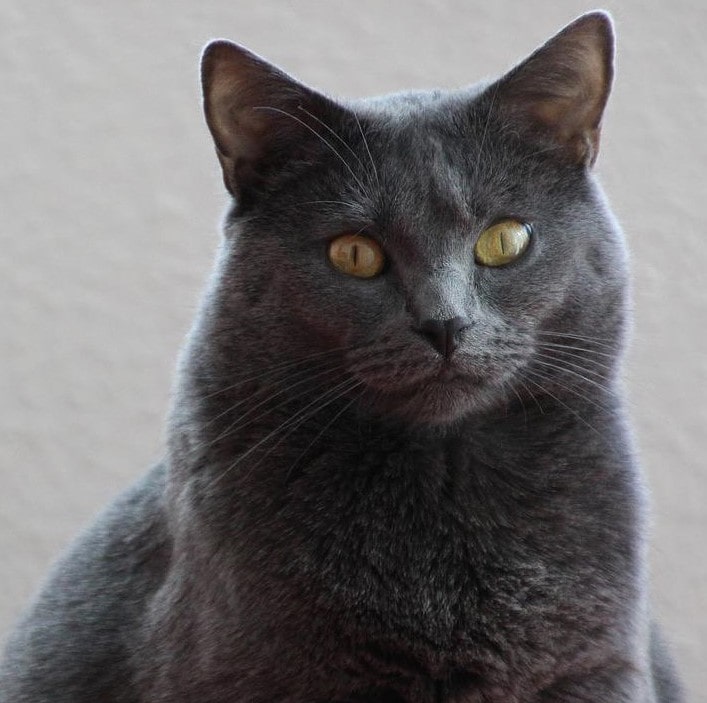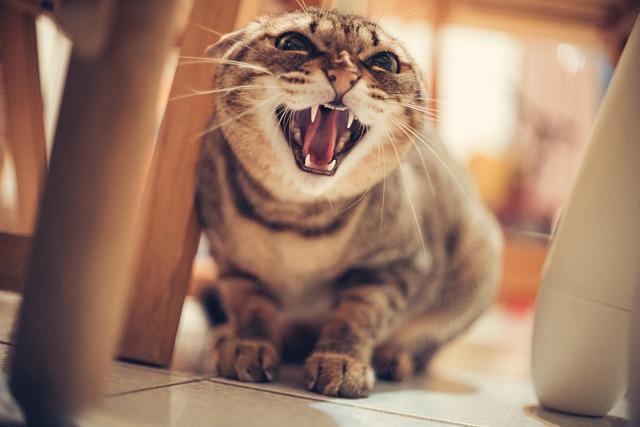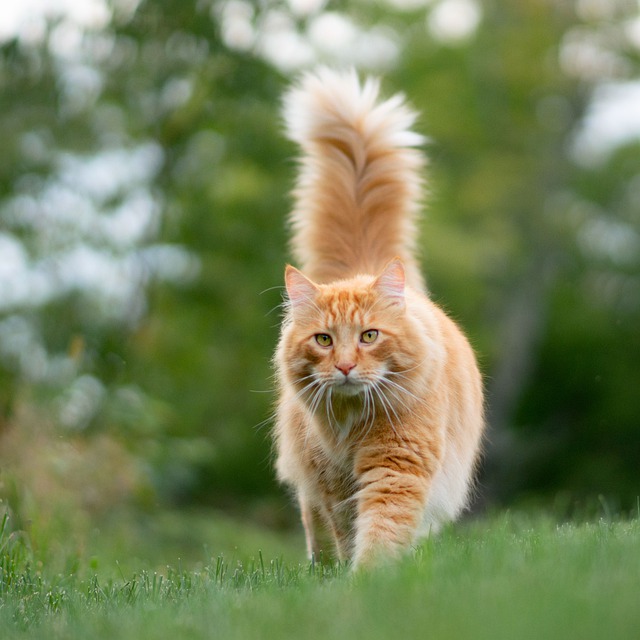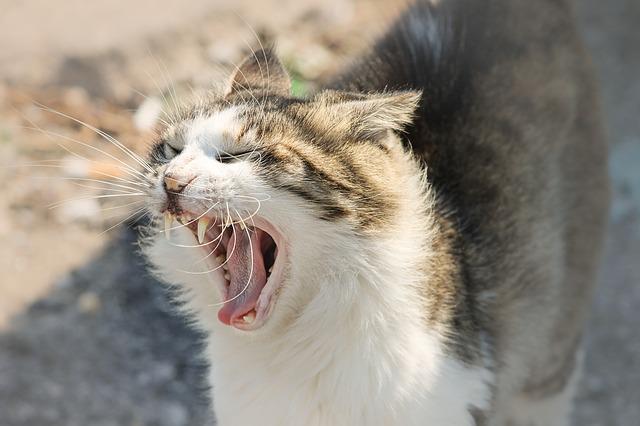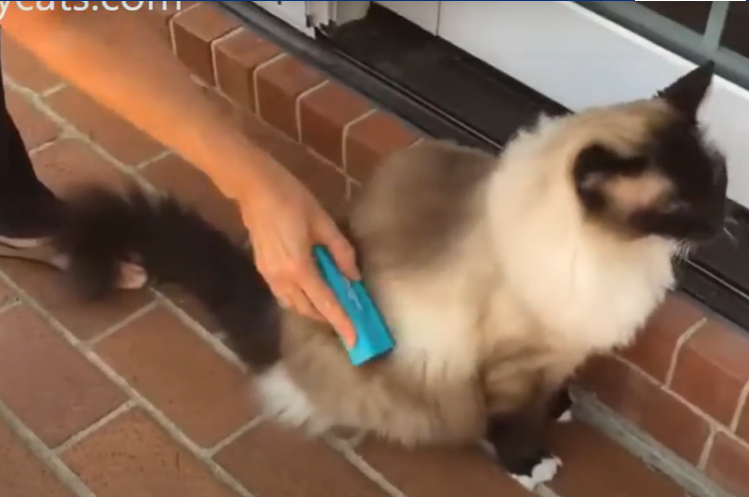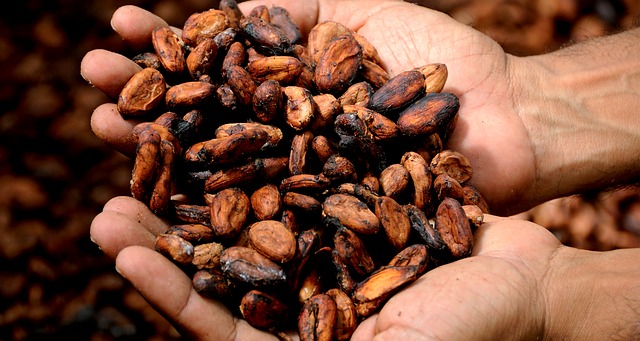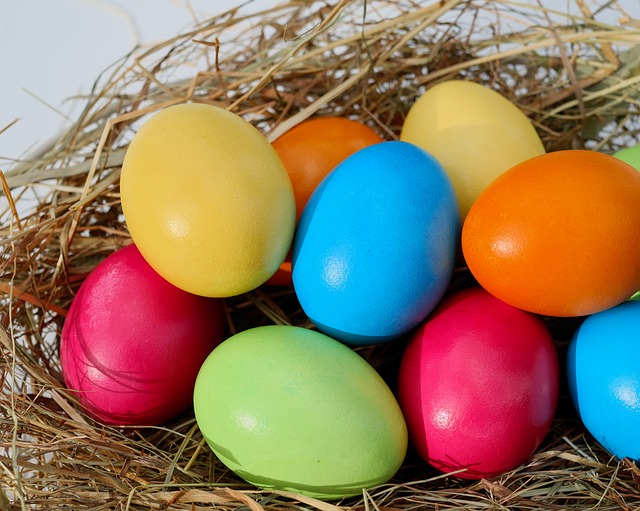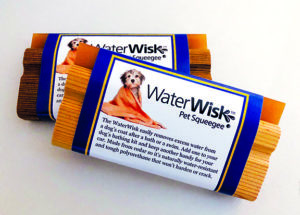Ernest Hemingway, the renowned author of literary classics such as “The Old Man and the Sea” and “A Farewell to Arms,” was not only known for his masterful prose but also for his deep love of feline companions. The story behind Hemingway’s cats is as intriguing as his novels, weaving together history, whimsy, and a touch of eccentricity.
A Literary Giant with A Feline Flair
Hemingway’s feline affinity dates back to the 1930s when he lived in Key West, Florida. Legend has it that a ship’s captain gifted him a six-toed cat (a polydactyl) named Snow White, marking the beginning of his love affair with these unique felines. These cats, often referred to as “Hemingway cats,” possessed extra toes (6 or more) resembling miniature snowshoes or mittens with a “thumb” on their paws.
Polydactyl cats are not a “breed.”
This unusual paw trait can appear in any feline breed.

Hemingway Home and Museum: A Polydactyl Haven
Today, the historic Hemingway Home and Museum has approximately 60 free-roaming polydactyl cats, many descendants of Hemingway’s original, beloved felines. Lovingly cared for by the museum staff, these cats have become integral to the attraction, enchanting visitors with their charm and distinctive (and extra) digits.
While only half of cats have polydactyl paws (typically on their front feet, but sometimes on their back feet), all cats carry the congenital gene mutation in their DNA, making it possible to mother or father kittens with six or more toes. Polydactyl cats are pretty common; if one parent carries this mutation, there is a 50% chance the kittens will inherit it.
The presence of these unusual-pawed cats is an ongoing nod to Hemingway’s enduring legacy and his fondness for these unique creatures.
Purr-sonalities and Paw-sibilities
Each of Hemingway’s cats has its distinct personality, adding to the allure of the museum experience. From curious explorers to aloof loungers, these feline residents delight visitors with their antics and charm. Some cats have even gained celebrity status, with names like Archibald MacLeish, Gertrude Stein, and Pablo Picasso, paying homage to Hemingway’s literary circle of famous people.
Each of Hemingway’s cats has its distinct personality, adding to the allure of the museum experience. From curious explorers to aloof loungers, these feline residents delight visitors with their antics and charm. Some cats have even gained celebrity status, with names like Archibald MacLeish, Gertrude Stein, and Pablo Picasso, paying homage to Hemingway’s literary circle of famous people.
A Legacy of Love and Literature
Beyond being the museum’s mascots, Hemingway’s cats symbolize the author’s enduring legacy and connection to Key West. Their presence reminds us of the quieter moments in his life away from the spotlight of literary acclaim.
In addition to their historical significance, Hemingway’s cats inspire visitors and admirers worldwide, fostering a sense of wonder and whimsy that transcends generations. As author and cat enthusiast Neil Gaiman once said, “A house is not a home without a cat,” indeed, Hemingway’s cats have made the Hemingway Home and Museum a place of warmth, hospitality, and feline charm.

7 Amazing Facts about Polydactyl Cats
If you find yourself in Key West, visit the Hemingway Home and Museum and experience the magic of Hemingway’s cats for yourself. Whether you’re a literary enthusiast, a cat lover, or simply seeking a unique and memorable adventure, the museum offers a glimpse into the life and legacy of one of America’s greatest writers, all through the “purr-spective” of his beloved feline companions. Images of these famous felines can also be seen on the official website.

Another famous polydactyl cat named Paddles. A rescue cat adopted by NZ Prime Minister Jacinda Ardern and referred to as the “First Cat” after Ardern took office.
(By Unknown, Original publication: Unknown Immediate Source: tinyurl.com/PaddlesThePolydactyl,
Fair use: en.wikipedia.org/wiki/Paddles_(cat)).

Whether it’s Hemingway’s felines or your own family cat, feline grooming takes patience and the best tools for sensitive skin, like the EasyGroomer!
Sweeten the moment with your favorite feline with a tasty kitty treat like these chewy cat treats (and add a pinch of catnip for some extra love from your cat)!

Questions about our top-rated Grooming or Bathing Tools, Grooming Kits, Brush Sets or Starter Kits for your business?
Call us at 860-573-0604 or email us at EquiGroomer.com today!








